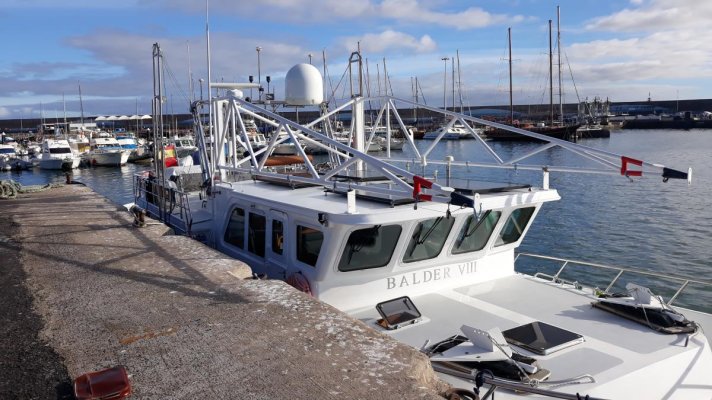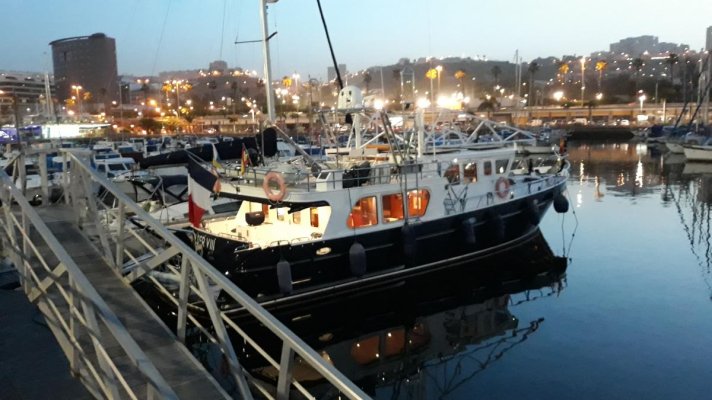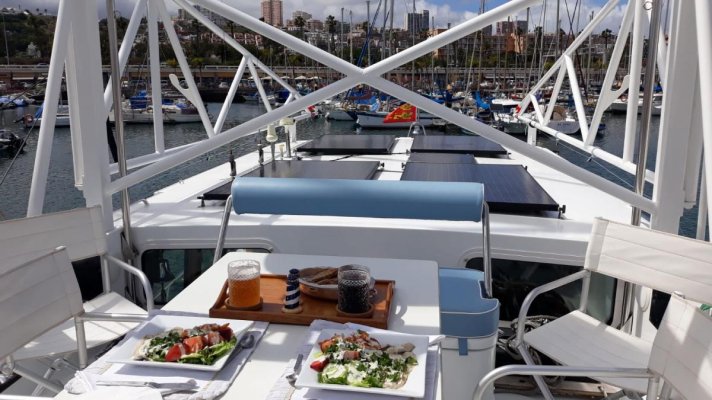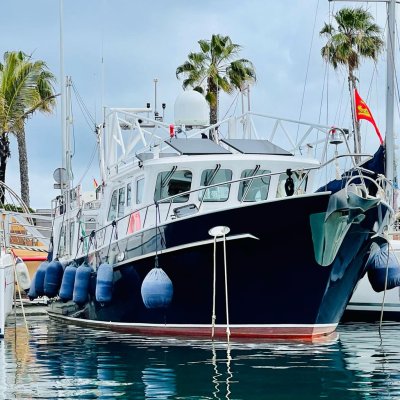Vahevala
Senior Member
- Joined
- Aug 6, 2012
- Messages
- 100
- Location
- USA
- Vessel Name
- Vahevala
- Vessel Make
- 52’ Kristen Custom Flybridge Trawler
Looking for a live aboard long distance cruiser. The discussion is are stabilizers essential? We have been told by a few brokers that we definitely want stabilizers. But could a 52’ full displacement hull boat with 60,000 displacement handle beam seas without stabilizers? Looking at the Seahorse 52 in California and would cruise her down to the Sea of Cortez and maybe through the Panama into the Caribbean, or even up north to PNW/Alaska. Would you go with an unstabilized boat for this type of cruising? We are coming from a 37’ trawler that definitely rolled in beam seas!
Other considerations are DeFever 49RPH, Nordhavn 46 and Cherubini independence 50.
Thanks in advance.
Other considerations are DeFever 49RPH, Nordhavn 46 and Cherubini independence 50.
Thanks in advance.




